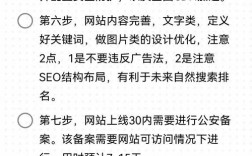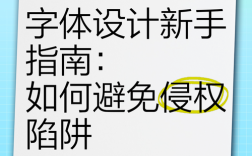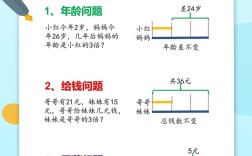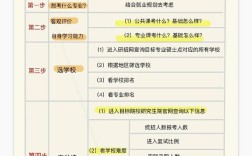JavaScript实现倒计时功能是前端开发中常见的需求,广泛应用于活动倒计时、验证码重发、考试计时等场景,实现倒计时的核心思路是通过JavaScript获取目标时间与当前时间的差值,再将差值转换为天、小时、分钟、秒等单位,并实时更新到页面上,下面将从基础实现到优化技巧,详细讲解如何使用JavaScript实现倒计时功能。
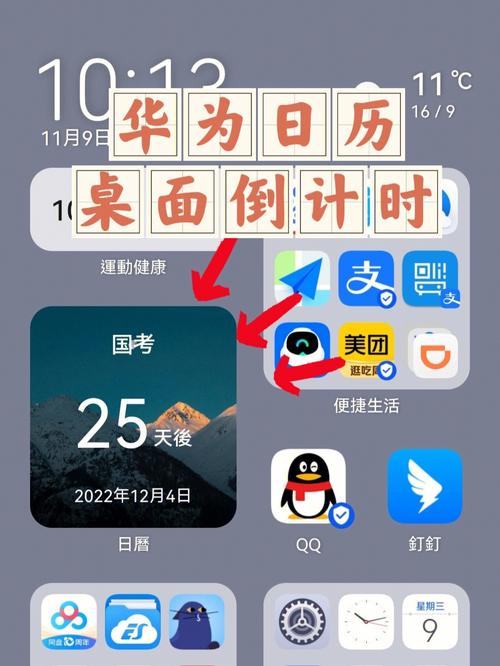
倒计时实现的基本原理
倒计时的实现主要依赖于以下几个关键点:
- 目标时间:设定一个未来的时间点作为倒计时的结束时间,通常使用时间戳或Date对象表示。
- 当前时间:获取客户端的当前时间,由于不同设备的时钟可能存在差异,建议通过服务器时间同步来提高准确性。
- 时间差计算:用目标时间减去当前时间,得到剩余时间的总毫秒数。
- 时间单位转换:将总毫秒数转换为天、小时、分钟、秒等可读单位。
- 定时更新:使用
setInterval或requestAnimationFrame定期更新剩余时间,并触发页面渲染。
基础实现步骤
获取目标时间和当前时间
目标时间可以直接通过硬编码或动态获取(如从服务器API返回),当前时间使用new Date()获取客户端本地时间。
const targetDate = new Date('2024-12-31 23:59:59').getTime(); // 目标时间戳
const currentDate = new Date().getTime(); // 当前时间戳
计算时间差并转换为天、小时、分钟、秒
时间差为targetDate - currentDate,然后通过数学运算转换为各时间单位:
const timeDiff = targetDate - currentDate; const days = Math.floor(timeDiff / (1000 * 60 * 60 * 24)); const hours = Math.floor((timeDiff % (1000 * 60 * 60 * 24)) / (1000 * 60 * 60)); const minutes = Math.floor((timeDiff % (1000 * 60 * 60)) / (1000 * 60)); const seconds = Math.floor((timeDiff % (1000 * 60)) / 1000);
格式化时间显示
为了确保时间显示的规范性(如个位数补零),可以编写格式化函数:
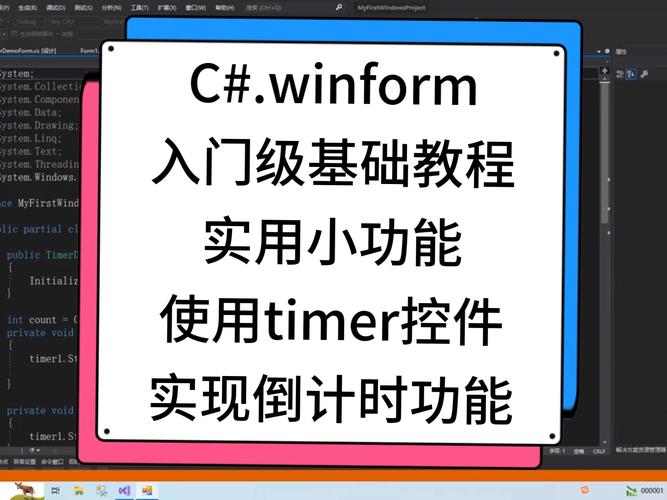
function formatTime(num) {
return num < 10 ? `0${num}` : num;
}
使用定时器更新倒计时
通过setInterval每秒更新一次剩余时间,并更新DOM元素:
const timerElement = document.getElementById('timer');
setInterval(() => {
const now = new Date().getTime();
const remaining = targetDate - now;
if (remaining <= 0) {
clearInterval(timerInterval);
timerElement.textContent = '倒计时结束';
return;
}
const days = Math.floor(remaining / (1000 * 60 * 60 * 24));
const hours = Math.floor((remaining % (1000 * 60 * 60 * 24)) / (1000 * 60 * 60));
const minutes = Math.floor((remaining % (1000 * 60 * 60)) / (1000 * 60));
const seconds = Math.floor((remaining % (1000 * 60)) / 1000);
timerElement.textContent = `${formatTime(days)}天 ${formatTime(hours)}时 ${formatTime(minutes)}分 ${formatTime(seconds)}秒`;
}, 1000);
优化与注意事项
时间同步问题
客户端时间可能被用户手动修改,导致倒计时不准确,解决方案:
- 服务器时间同步:通过AJAX请求获取服务器时间,计算时间差后补偿本地时间。
- 使用NTP协议:在网络允许的情况下,通过NTP服务获取标准时间。
性能优化
- 避免频繁DOM操作:可以将倒计时数据存储在变量中,批量更新DOM。
- 使用
requestAnimationFrame:对于需要高精度的倒计时(如毫秒级),可以使用requestAnimationFrame替代setInterval,减少资源消耗。
时区处理
如果倒计时需要跨时区显示,建议使用UTC时间或明确标注时区。
const targetDate = new Date('2024-12-31T23:59:59Z').getTime(); // UTC时间
倒计时结束后的处理
在倒计时结束时,除了显示提示信息外,还可以触发回调函数或执行其他逻辑(如跳转页面、发送请求等)。
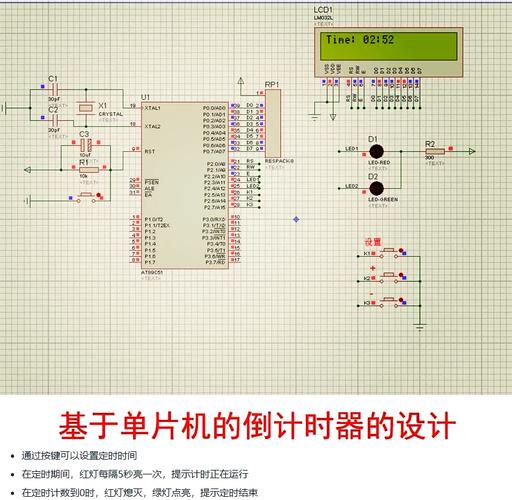
完整代码示例
以下是一个完整的倒计时实现示例,包含HTML、CSS和JavaScript:
<!DOCTYPE html>
<html lang="zh-CN">
<head>
<meta charset="UTF-8">倒计时示例</title>
<style>
.timer {
font-size: 24px;
font-family: Arial, sans-serif;
text-align: center;
margin-top: 50px;
}
.unit {
margin: 0 5px;
}
</style>
</head>
<body>
<div class="timer" id="timer">
<span class="unit" id="days">00</span>天
<span class="unit" id="hours">00</span>时
<span class="unit" id="minutes">00</span>分
<span class="unit" id="seconds">00</span>秒
</div>
<script>
function startCountdown() {
const targetDate = new Date('2024-12-31 23:59:59').getTime();
const timerElements = {
days: document.getElementById('days'),
hours: document.getElementById('hours'),
minutes: document.getElementById('minutes'),
seconds: document.getElementById('seconds')
};
function updateTimer() {
const now = new Date().getTime();
const remaining = targetDate - now;
if (remaining <= 0) {
clearInterval(timerInterval);
Object.values(timerElements).forEach(el => el.textContent = '00');
return;
}
const days = Math.floor(remaining / (1000 * 60 * 60 * 24));
const hours = Math.floor((remaining % (1000 * 60 * 60 * 24)) / (1000 * 60 * 60));
const minutes = Math.floor((remaining % (1000 * 60 * 60)) / (1000 * 60));
const seconds = Math.floor((remaining % (1000 * 60)) / 1000);
timerElements.days.textContent = formatTime(days);
timerElements.hours.textContent = formatTime(hours);
timerElements.minutes.textContent = formatTime(minutes);
timerElements.seconds.textContent = formatTime(seconds);
}
function formatTime(num) {
return num < 10 ? `0${num}` : num;
}
updateTimer(); // 立即执行一次
const timerInterval = setInterval(updateTimer, 1000);
}
startCountdown();
</script>
</body>
</html>
倒计时功能扩展
支持暂停和恢复
可以通过全局变量控制倒计时的暂停和恢复:
let isPaused = false;
let remainingTime;
function pauseTimer() {
isPaused = true;
clearInterval(timerInterval);
}
function resumeTimer() {
if (isPaused) {
isPaused = false;
targetDate = new Date().getTime() + remainingTime;
startCountdown();
}
}
多个倒计时实例
如果页面需要多个倒计时,可以通过面向对象的方式封装:
class Countdown {
constructor(targetDate, callback) {
this.targetDate = new Date(targetDate).getTime();
this.callback = callback;
this.timerInterval = null;
}
start() {
this.timerInterval = setInterval(() => {
const now = new Date().getTime();
const remaining = this.targetDate - now;
if (remaining <= 0) {
clearInterval(this.timerInterval);
this.callback(0);
return;
}
this.callback(remaining);
}, 1000);
}
stop() {
clearInterval(this.timerInterval);
}
}
// 使用示例
const countdown = new Countdown('2024-12-31 23:59:59', (remaining) => {
console.log(remaining);
});
countdown.start();
常见问题与解决方案
倒计时显示不更新
- 检查
setInterval的回调函数是否正确执行。 - 确保DOM元素存在且选择器正确。
- 检查时间差计算是否为负数(可能是目标时间设置错误)。
倒计时时间跳跃
- 原因:
setInterval的实际执行间隔可能因主线程任务堆积而延迟。 - 解决方案:使用
setTimeout递归调用,或记录上一次执行时间进行补偿。
相关问答FAQs
问题1:如何解决客户端时间不准确导致的倒计时偏差?
解答:可以通过服务器时间同步来解决,在页面加载时,发送一个AJAX请求获取服务器时间,计算本地时间与服务器时间的差值,然后在倒计时计算时补偿这个差值。
let serverTimeOffset = 0;
fetch('/api/server-time')
.then(response => response.json())
.then(data => {
serverTimeOffset = new Date(data.time).getTime() - new Date().getTime();
});
// 在倒计时计算时使用补偿后的时间
const now = new Date().getTime() + serverTimeOffset;
问题2:如何实现一个精确到毫秒的倒计时?
解答:setInterval的最小间隔是10毫秒(不同浏览器可能不同),要实现毫秒级倒计时,可以使用requestAnimationFrame并结合时间戳计算。
let lastTime = 0;
function updateCountdown(timestamp) {
if (!lastTime) lastTime = timestamp;
const elapsed = timestamp - lastTime;
if (elapsed >= 10) { // 每10毫秒更新一次
const now = new Date().getTime();
const remaining = targetDate - now;
// 更新毫秒显示
document.getElementById('milliseconds').textContent = Math.floor((remaining % 1000) / 10);
lastTime = timestamp;
}
requestAnimationFrame(updateCountdown);
}
requestAnimationFrame(updateCountdown); 
